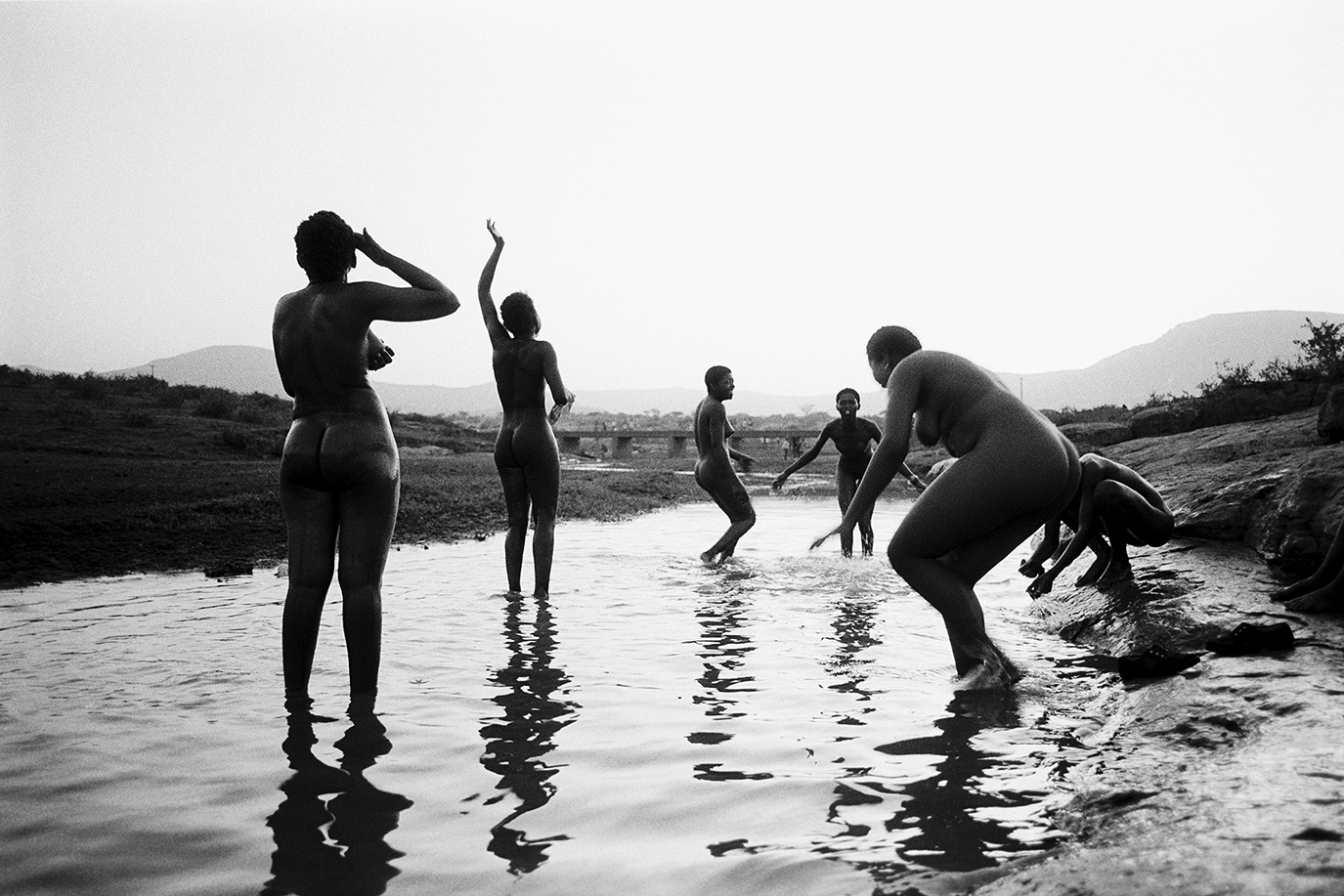
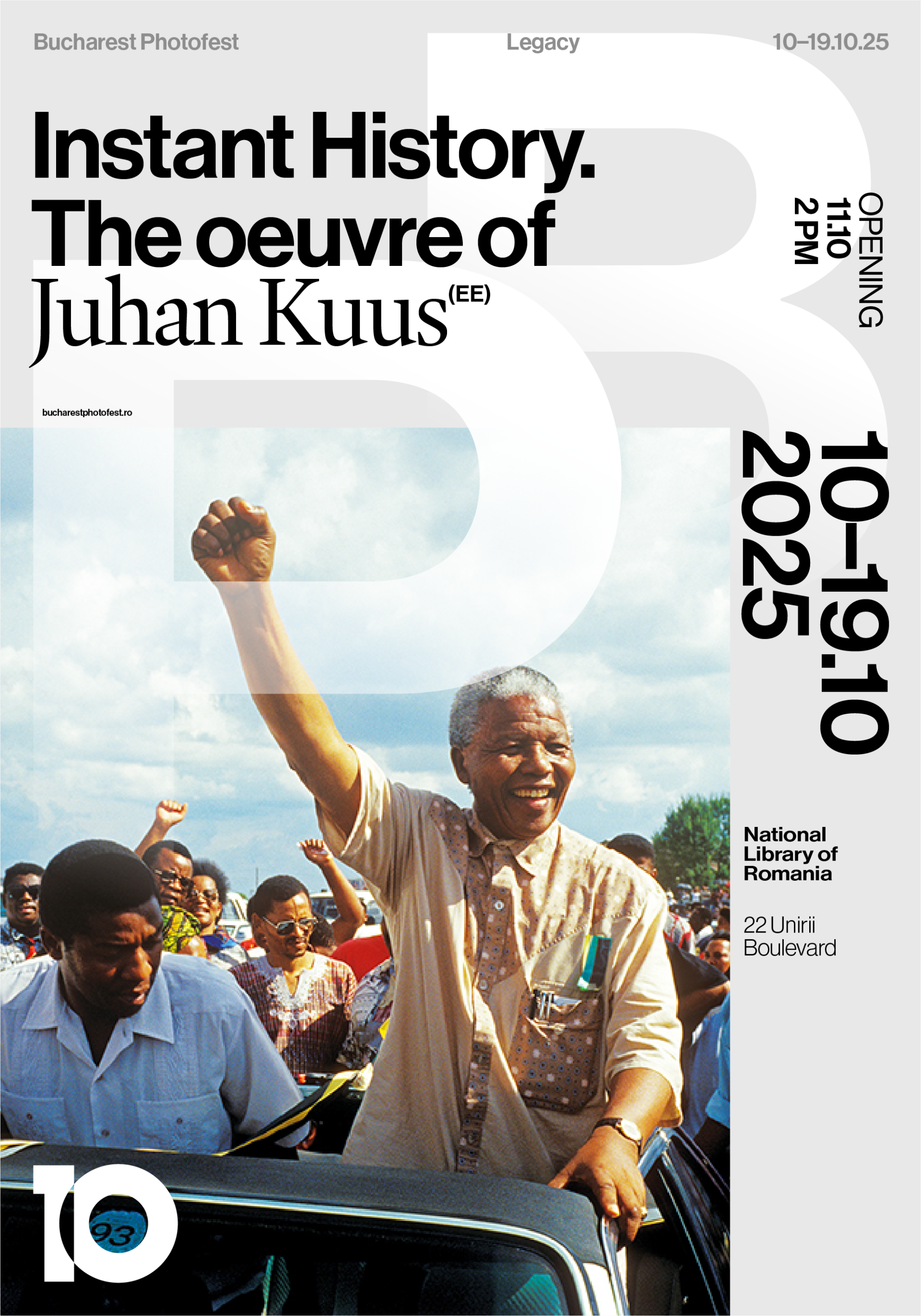
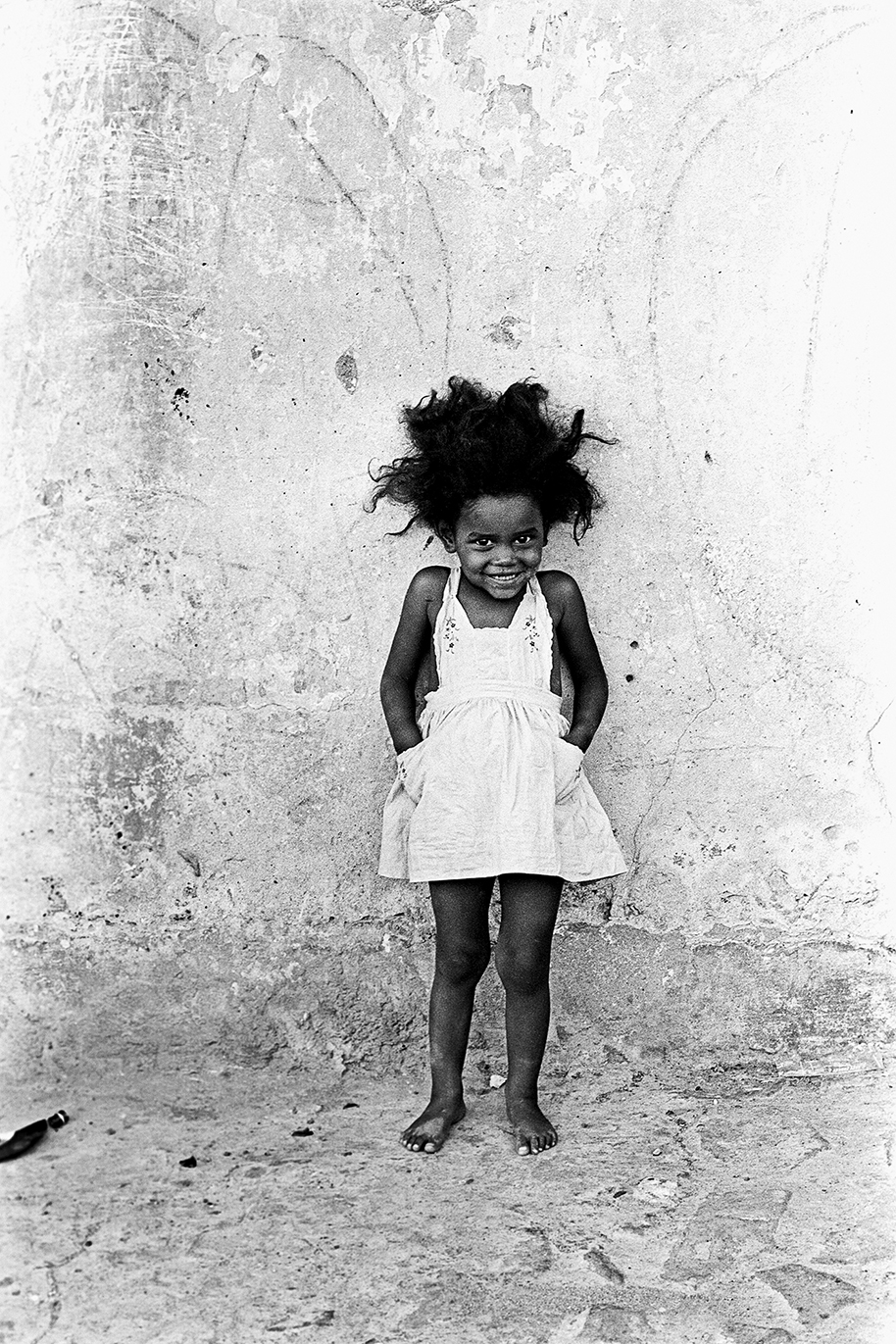
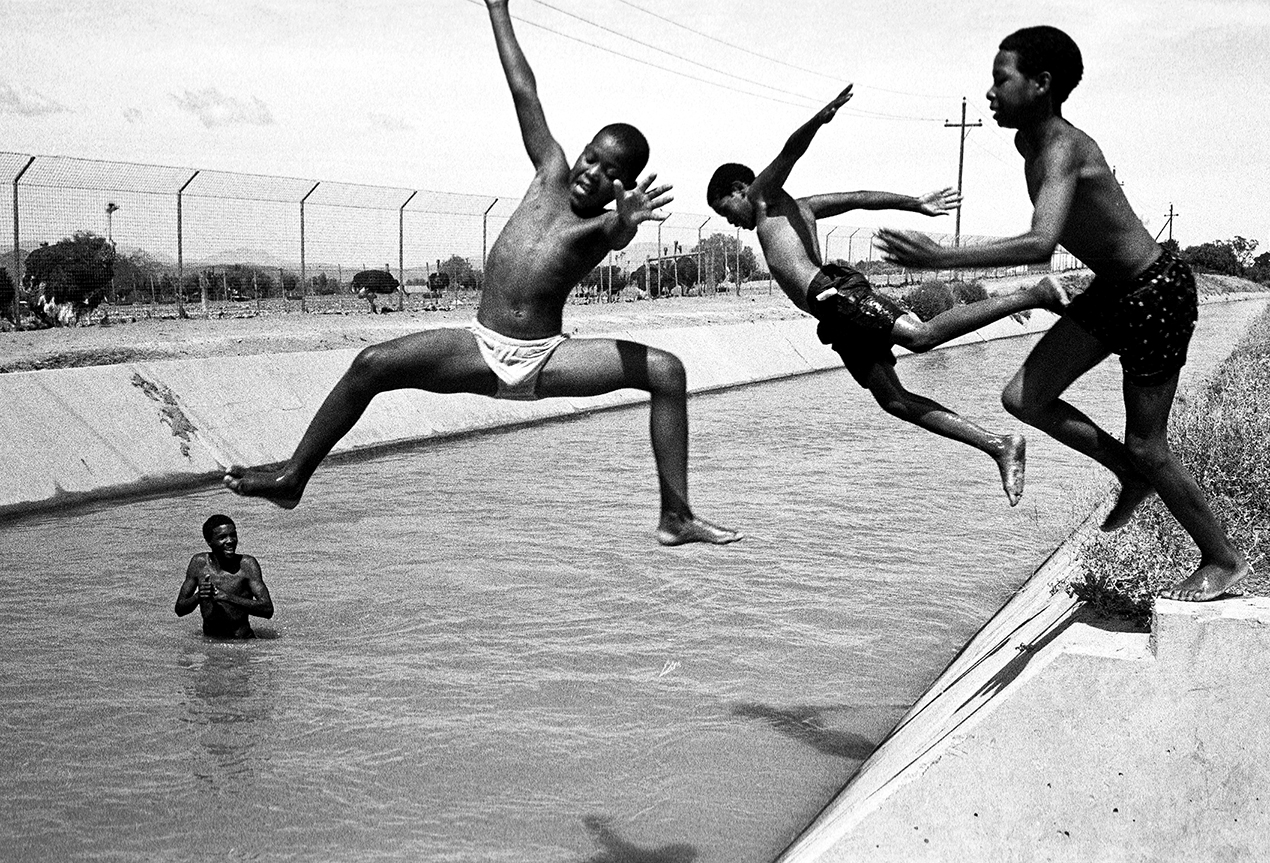
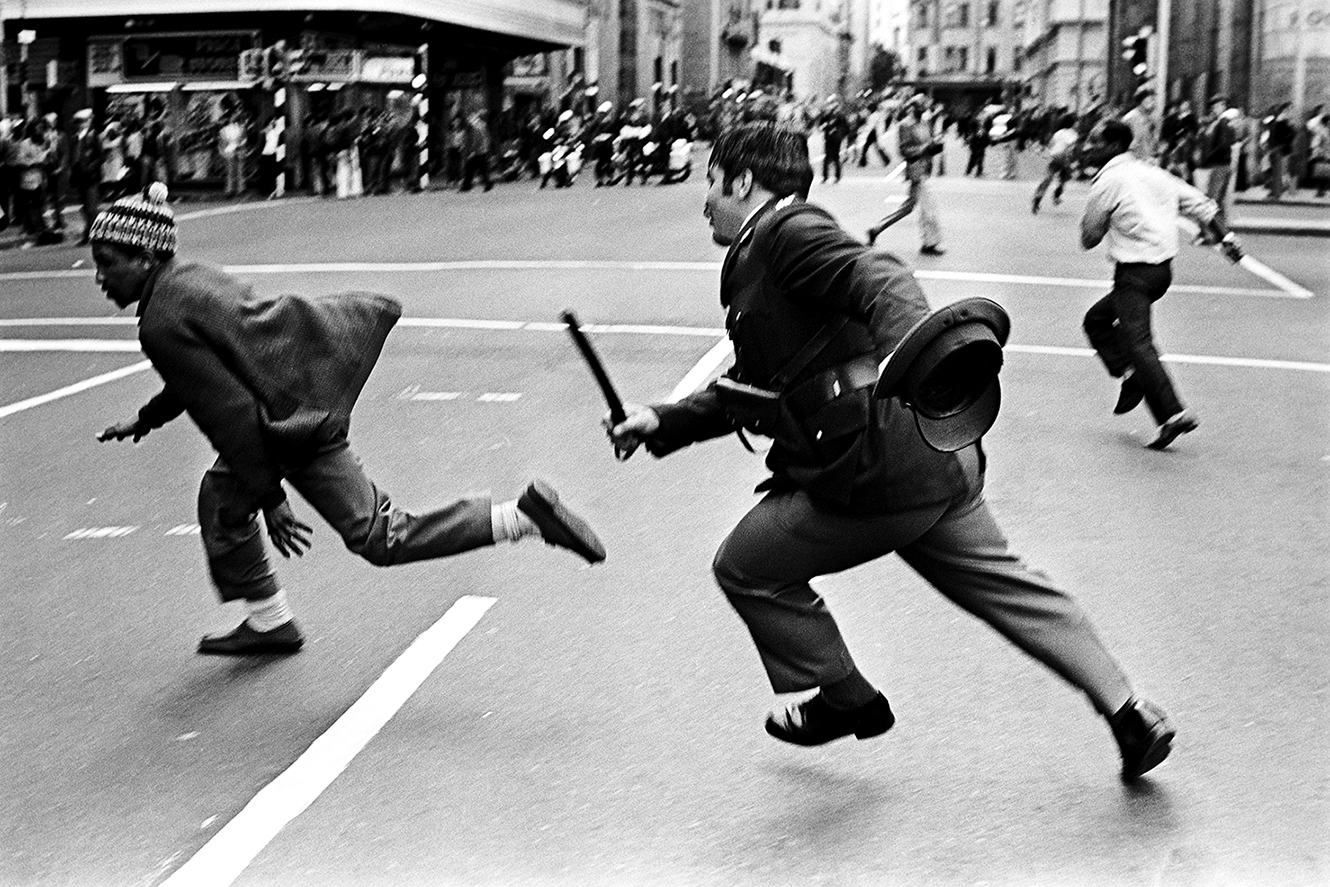
Instant history. The oeuvre of Juhan Kuus
Curated by Kristel Aimee Laur and Toomas Järvet, the co-directors of the Juhan Kuus Documentary Photo Centre in Tallinn, this exhibition offers a rigorous overview of the creative legacy of Juhan Kuus (1954–2015) — a photographer who redefined the visual grammar of conflict, marginality, and social resistance in late 20th-century South Africa. Presented by Bucharest Photofest within this year’s thematic focus, Legacy, it continues the festival’s commitment to photography as a tool of witnessing, memory, and ethical confrontation.
The exhibition highlights the years 1986–1999, when Kuus worked for the French press agency Sipa Press, producing his most iconic work: documenting the dismantling of apartheid, the rise of the resistance movement, Nelson Mandela’s release, and South Africa’s political transformation. Often published in The New York Times, Time, Newsweek, The Independent, and Stern, his photographs combined journalistic rigor with deep social empathy and focused on society’s margins: farm workers, prisoners, gang members, the mentally ill, the unhoused.
At the opening, the co-directors of the Juhan Kuus Documentary Photo Centre will visit Bucharest to present the Center’s archival mission and the ongoing relevance of Kuus’s work today.
With the support of:
- Juhan Kuus DokFoto Tallin
- Ministry of Culture Estonia
- Embassy of Estonia in Romania
About the artist
Born in Cape Town to Estonian parents, Juhan Kuus remained, throughout his career, a liminal figure — both insider and outsider, both participant and observer. Though largely self-taught, he became one of South Africa’s most radical and fearless photojournalists, developing a visual language marked by directness, proximity, and deep anthropological sensitivity. His camera did not hover at a distance; it entered, insisted, unsettled. Over a career that spanned four and a half decades, Kuus received numerous awards, including two World Press Photo distinctions (1978 and 1992), making him the only Estonian-descended photographer to receive the honor. Yet his personal trajectory was marked by hardship and contradiction: vilified by colleagues for his volatile behavior, struggling with poverty in his final years, and ultimately dying in a homeless shelter in Cape Town — still taking photographs with borrowed cameras. His body of work is not only a vital visual archive of a country in crisis and transformation, but also a profound testament to the ethical power of photography as resistance, memory, and storytelling.

